- Joined
- May 14, 2016
- Messages
- 400
I'd like to buy a loupe so I can keep an eye on my prongs and just to look at my stone 
I'd like to see the inscription as I think it would be cool to see at least once but this new stone has lead me to be interested in looking more closely at what I already own also.
Is this one good enough to both check the stone and to see the inscription on the girdle? I have great eyesight and the stone is 2.3ct so hoping the 10x will be a one stop shop!
Thanks for any help!
Belomo 10x Triplet, Loupe, Hand Lens
This is one of the best lenses on the market for the price. Unchanged for many years, the Belomo™ lens is extremely accurate and has an indestructable steel casing whilst still being lightweight. Belomo™, a Belarussian instrument maker have been making lenses for years and work in partnership with German glass maker Carl Zeiss AG to produce high quality optics such as this lens.
The lens on this triplet is 21 mm diameter, 19 viewable, which is almost twice the viewable area of a comparable Bausch & Lomb Hastings 10x Triplet. True 3 element achromatic lense provides a bright and crisp view without color distortion. The housing is made of tough steel whilst still being lightweight. This is the geology hand lens of choice to take out in the field as it is strong, durable and lightweight. It is not plastic like others. The focal distance is 28 mm and it can disassembled for easy cleaning.
I'd like to see the inscription as I think it would be cool to see at least once but this new stone has lead me to be interested in looking more closely at what I already own also.
Is this one good enough to both check the stone and to see the inscription on the girdle? I have great eyesight and the stone is 2.3ct so hoping the 10x will be a one stop shop!
Thanks for any help!
Belomo 10x Triplet, Loupe, Hand Lens
This is one of the best lenses on the market for the price. Unchanged for many years, the Belomo™ lens is extremely accurate and has an indestructable steel casing whilst still being lightweight. Belomo™, a Belarussian instrument maker have been making lenses for years and work in partnership with German glass maker Carl Zeiss AG to produce high quality optics such as this lens.
The lens on this triplet is 21 mm diameter, 19 viewable, which is almost twice the viewable area of a comparable Bausch & Lomb Hastings 10x Triplet. True 3 element achromatic lense provides a bright and crisp view without color distortion. The housing is made of tough steel whilst still being lightweight. This is the geology hand lens of choice to take out in the field as it is strong, durable and lightweight. It is not plastic like others. The focal distance is 28 mm and it can disassembled for easy cleaning.

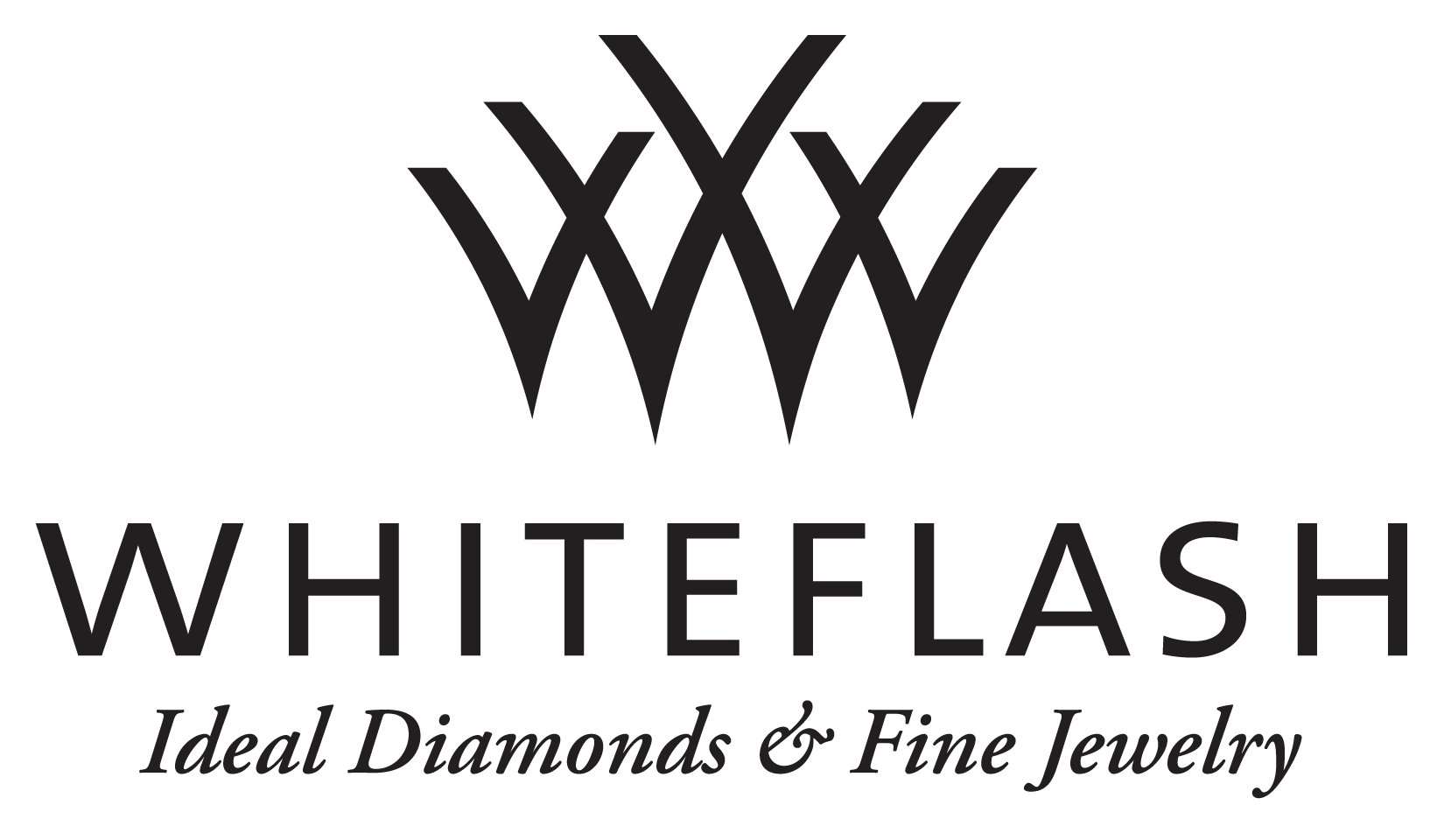
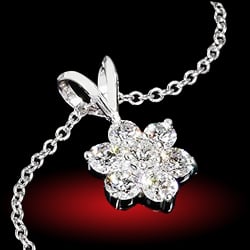
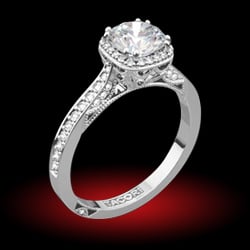
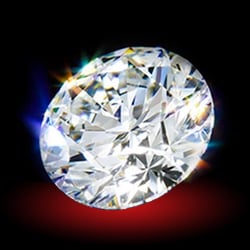

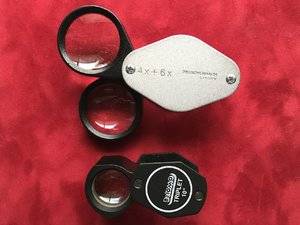
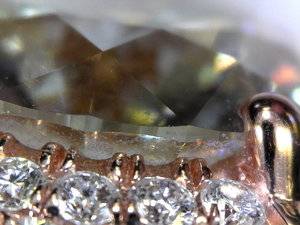








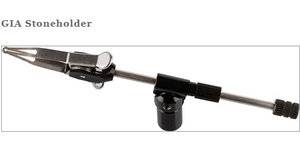
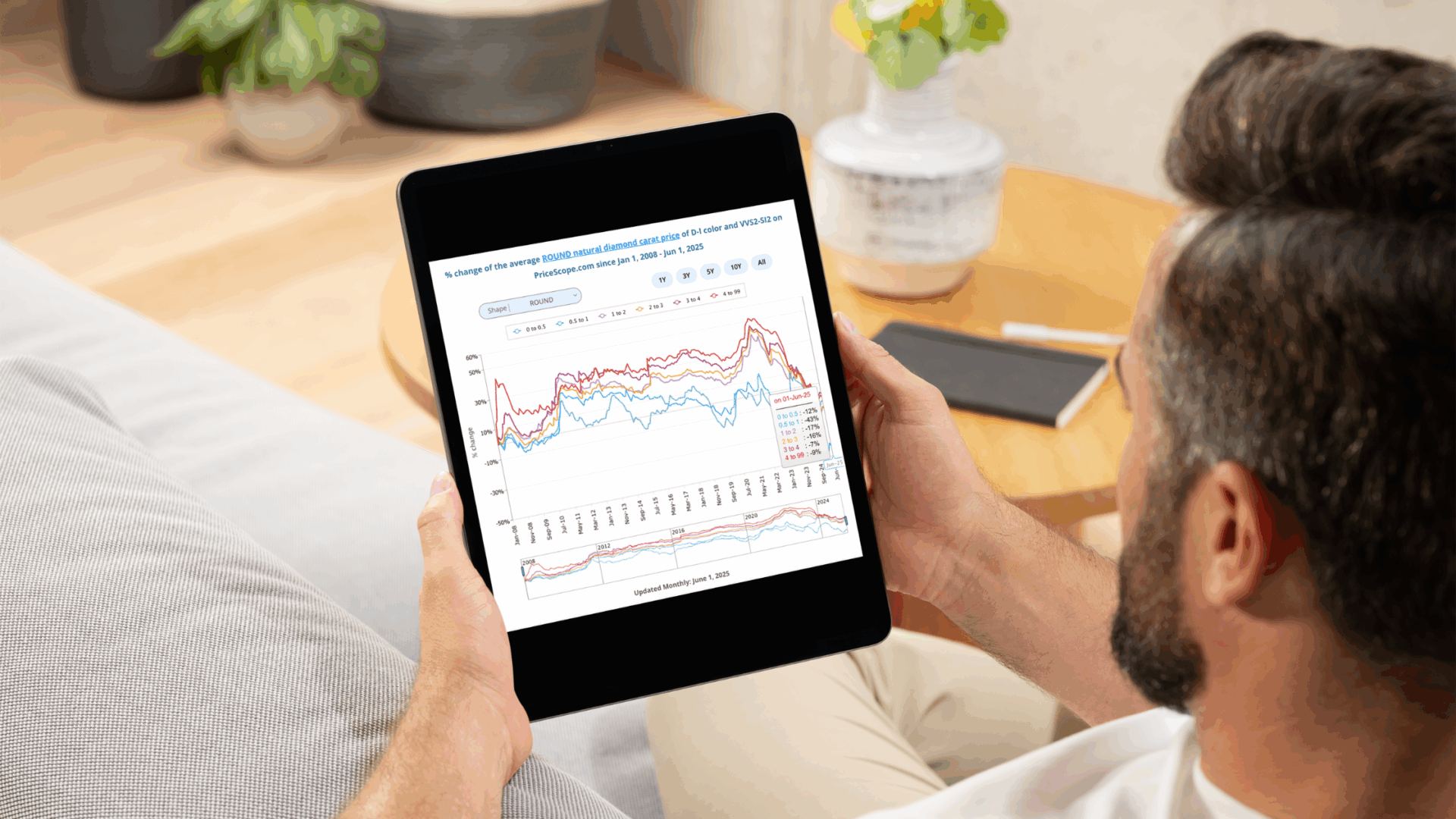

300x240.png)